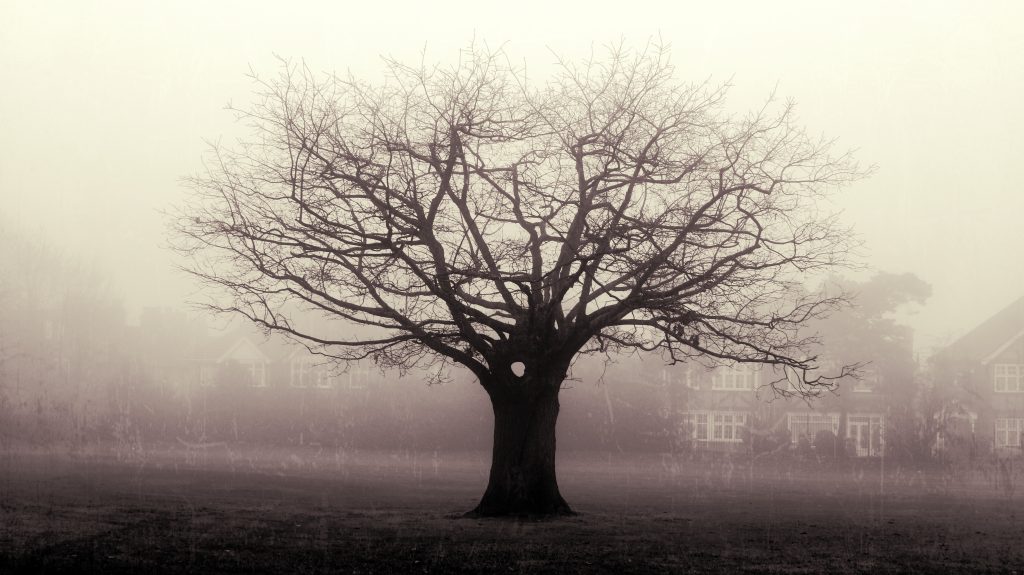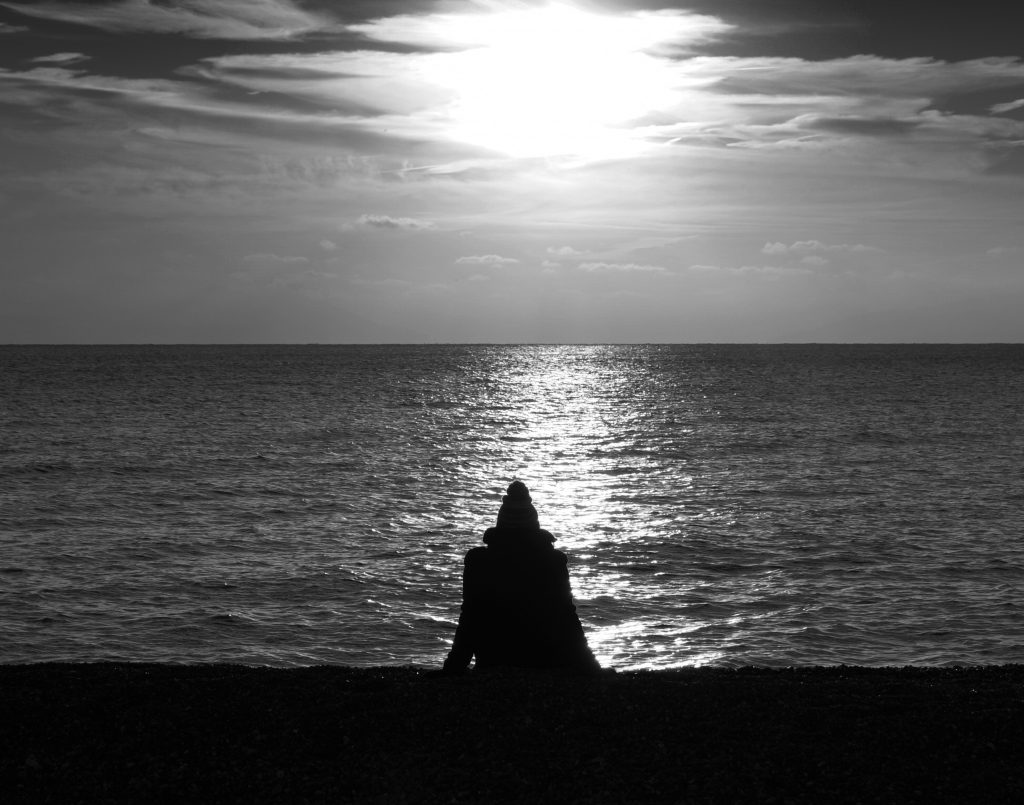Bloggy Blog
Monochrome Photography History
Monochrome photography has a rich and fascinating history, tracing back to the very origins of photography itself. Here’s a brief overview: Early Beginnings (19th Century): Monochrome photography, specifically black and white photography, dates back to the early 19th century with the invention of the camera obscura and the subsequent development of photographic processes. The earliest photographic processes, such as the daguerreotype and calotype, produced monochrome images.

Daguerreotype and Calotype: Louis Daguerre and William Henry Fox Talbot independently developed two of the earliest photographic processes in the 1830s. Daguerre’s daguerreotype and Talbot’s calotype produced monochrome images, capturing scenes and portraits in shades of gray.
Evolution of Monochrome Processes: Throughout the 19th and early 20th centuries, various monochrome photographic processes emerged and evolved, including albumen prints, collodion process, gelatin silver prints, and platinum printing. Each process had its unique characteristics, influencing the aesthetics and style of monochrome photography during that time.
Artistic Movement: Monochrome photography became popular among artists and photographers, particularly during the late 19th and early 20th centuries. Photographers like Ansel Adams and Edward Weston are notable figures who contributed significantly to the artistic development of monochrome photography. Adams, in particular, is renowned for his stunning landscapes captured in black and white, showcasing the dramatic contrast and tonal range achievable in monochrome.

Documentary and Journalism: Monochrome photography played a crucial role in documenting historical events, social issues, and daily life throughout the 20th century. Photographers like Dorothea Lange, Robert Capa, and Henri Cartier-Bresson utilized black and white photography to capture powerful moments and tell compelling stories.
Fine Art Photography: Monochrome photography continued to thrive in the realm of fine art, with photographers exploring its expressive potential through abstraction, minimalism, and conceptual approaches. Artists like Sebastião Salgado and Hiroshi Sugimoto are known for their impactful monochrome images, which often evoke a sense of timelessness and introspection.
Digital Era: With the advent of digital photography, monochrome photography persisted, albeit in a new form. Digital cameras and editing software allow photographers to capture and manipulate monochrome images with greater flexibility and precision. Despite the shift to colour photography in many contexts, monochrome photography remains a powerful artistic and expressive medium, cherished for its ability to convey mood, texture, and emotion without the distraction of colour.

Throughout its history, monochrome photography has continually evolved, shaped by technological advancements, artistic movements, and cultural shifts. Despite the emergence of colour photography and digital imaging, monochrome photography continues to hold a unique place in the world of art and visual storytelling.